42 the class or division hazard labels indicate
Hazmat Placards and UN Numbers: What You Need to Know Class 4 — Flammable Materials. 4.1: Flammable solids 4.2: Spontaneously combustible 4.3: Dangerous when wet. Class 5 — Oxidizer and Organic Peroxide. 5.1: Oxidizing substances 5.2: Organic peroxides. Class 6 — Poisons. 6.1: Toxic substances 6.2: Infectious substances. Class 7 — Radioactive Materials Class 8 — Corrosive Materials lasersafetyfacts.com › 4Safety of Class 4 visible-beam lasers - Laser Safety Facts Some Laser Safety Facts labels will list the laser’s specific eye injury hazard distance. If this is not listed, here are some example Class 4 lasers: The Nominal Ocular Hazard Distance (NOHD) for a 1000 milliwatt (1 Watt) visible-beam laser with 1 milliradian divergence is 740 ft (225 m).
Hazmat Labels and Marking for Shipments: What You Need ... - News and Info The hazard class number of the material being transported must be displayed at the bottom corner of each placard. Each placard must be diamond shaped and must measure at least 9.84 inches (250 mm) on each side. The text and numbers included in the placard - the hazard class number in particular - must measure at least 1.6 inches (41 mm).
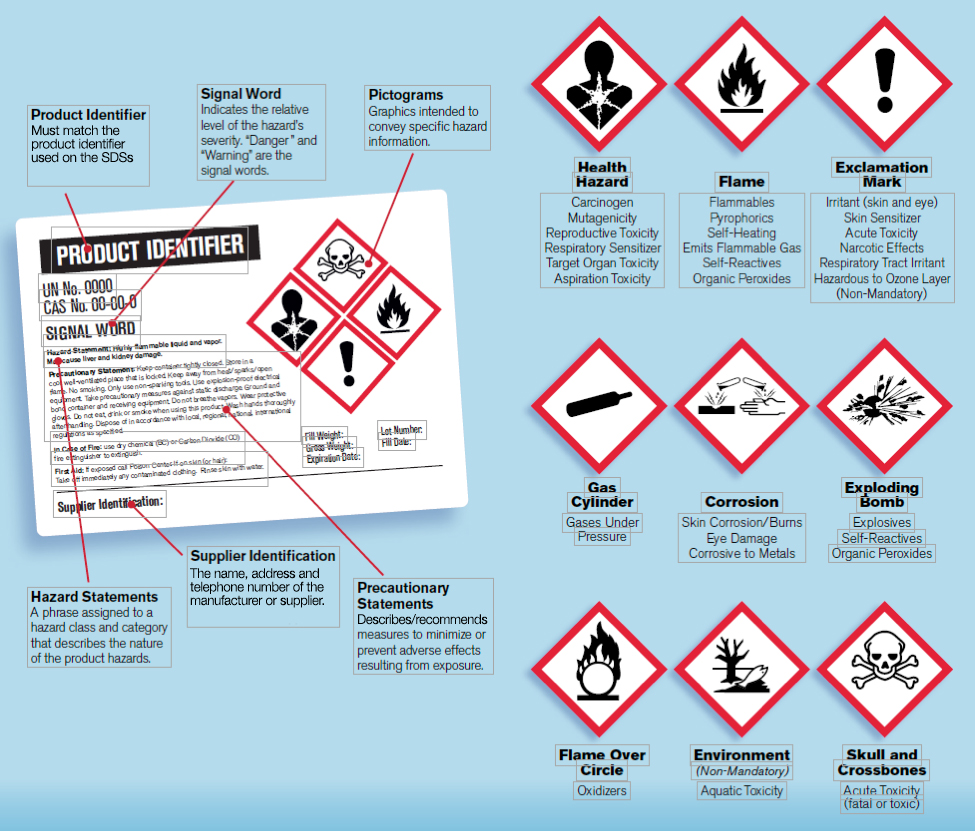
The class or division hazard labels indicate
325 DOT Hazardous Materials Warning Labels and Markings - USPS Division 5.1, 5.2, Class 8 and Class 9 labels are only permitted when used in conjunction with a Limited Quantity air mark. Exhibit 325.3 a DOT Hazardous Materials Warning Labels: PERMITTED ON MAILABLE HAZARDOUS MATERIALS Exhibit 325.3 b DOT Hazardous Material Warning Labels: PERMITTED FOR MAILABLE LIMITED QUANTITIES ONLY › smm › comprehensive-procurementComprehensive Procurement Guideline (CPG) Program | US EPA Jun 23, 2022 · (A Division of Service Partners) 125 North Dyer Road Spokane, WA 99212: WA: Gerry Berscheid Email: gberscheid@service-partners.com Tel: 509-535-4600 Fax: 509-535-8519: Construction: Building Insulation Material: Paper (75-80% Post-consumer; 75-80% Total Recovery) Product Notes: Cellulose Insulation Region 5. Champion Insulation, Inc. P.O. Box 1555 DOT Hazard Class Information - University of South Florida DOT Hazard Class Information These are labels or placards that convey hazard information for containers or shipments of hazardous materials. Each label has a characteristic color pattern, pictogram, and hazard class number. There are nine different hazard classes under DOT. Click on the links below to see examples for each hazard class.
The class or division hazard labels indicate. 49 CFR § 173.2 - Hazardous materials classes and index to hazard class ... The hazard class of a hazardous material is indicated either by its class (or division) number, its class name, or by the letters "ORM-D". The following table lists class numbers, division numbers, class or division names and those sections of this subchapter which contain definitions for classifying hazardous materials, including forbidden materials. assignmentessays.comAssignment Essays - Best Custom Writing Services Get 24⁄7 customer support help when you place a homework help service order with us. We will guide you on how to place your essay help, proofreading and editing your draft – fixing the grammar, spelling, or formatting of your paper easily and cheaply. Hazardous Materials Tables | High Road Online CDL Training - TruckingTruth Placard shipments are based on the quantity and hazard class. You can decide which placards to use if you know these three things: Materialʼs hazard class. Amount being shipped. Amount of all hazardous materials of all classes on your vehicle. Column 4 Lists the identification number for each proper shipping name. What is a Class 1 Division 2 Hazardous Area? | Abhisam A Class 1 location means that the location has presence of explosive and or flammable mixtures of vapors or gases. The Division 1 signifies that these hazardous gas or vapor air mixtures are present normally or for large periods of time. This is thus a more hazardous location than a Division ...
Hazmat Labels, Hazmat Placards, and Hazmat Markings - Labelmaster The Department of Transportation has defined 9 Hazard Class Groups. They are separated by distinct hazardous properties and shipping requirements. Hazard Class 1 - Explosives; Hazard Class 2 - Gases; Hazard Class 3 - Flammable and Combustible Liquids; Hazard Class 4 - Flammable Solids; Hazard Class 5 - Oxidizing Substances, Organic Peroxide › un-number › un-1267UN 1267 - Petroleum Crude Oil - Hazardous Materials ... Aug 31, 2017 · (1) The absence of any hazard class or division or a blank space in the table indicates that no restrictions apply. (2) The letter “X” in the table indicates that these materials may not be loaded, transported, or stored together in the same transport vehicle or storage facility during the course of transportation. WHMIS 2015 - Hazard Classes and Categories : OSH Answers If the product meets any of the criteria for a hazard class, it is known as a hazardous product. All hazardous products must be labelled according to the regulations, and must have a corresponding Safety Data Sheet (SDS). The hazard class and category will be provided in Section 2 (Hazard Identification) of the SDS. Dangerous goods classes and hazard labels - Civil Aviation Safety Authority Below are the 9 hazard labels for the 9 classes of dangerous goods. Class 1 Explosives Class 1 explosives This includes items such as: explosive substances pyrotechnic devices ammunition fireworks detonators. Class 2 Gases Class 2 gases These can be transported as compressed, liquefied, refrigerated liquefied or gas in solution.
49 CFR § 172.402 - Additional labeling requirements. In addition to the label specified in column 6 of the § 172.101 table, each package of Class 1 material that also meets the definition for: (1) Division 6.1, Packing Groups I or II, shall be labeled POISON or POISON INHALATION HAZARD, as appropriate. (2) Class 7, shall be labeled in accordance with § 172.403 of this subpart. (f) Division 2.2 materials. Classes 1-9 of dangerous goods explained The classes are part of the United Nations-based system of identifying dangerous goods, and are used within many different subsystems such as the ADR, RID, IMDG and DGR for classifying dangerous goods and hazardous materials. Class 1 Explosive substances and articles Class 1 contains substances and articles which pose a hazard due to explosion. HazMat Awareness Flashcards | Quizlet SOP. Standard Operating Procedures. Numbers on Placards & Labels. Indicate CLASS or DIVISION of hazardous material. Example of Placard & Labels 1.4 explosive. CLASS 1 DIVISION 4 Explosive Material. Characteristics of a Placard. Either contain name or material class name (i.e) Flammable. Or UN/NA number (i.e) 1090. PDF DOT CHART 15 Hazardous Materials Markings,Labeling and Placarding Guide Hazardous Materials Warning Labels Actual label size: at least 100 mm (3.9 inches) on all sides CLASS2 3 Flammable Liquid CLASS 4 CLASSFlammable Solid, Spontaneously Combustible, and Dangerous When Wet: Divisions 4.1, 4.2, 4.3 Cargo Aircraft Only §172.405(b), §172.415, §172.416, §172.417 5 Oxidizer, Organic Peroxide: Divisions 5.1 and 5.2
Understanding HAZMAT Placards | ArcBest Numbers 1-9 represent the different hazardous classes and their divisions (class numbers are located at the bottom of the sign and division numbers are in the middle): Class 1 — Explosives 1.1: Products with the potential to create a mass explosion 1.2: Products with the potential to create a projectile hazard
en.wikipedia.org › wiki › Standard_deviationStandard deviation - Wikipedia In statistics, the standard deviation is a measure of the amount of variation or dispersion of a set of values. A low standard deviation indicates that the values tend to be close to the mean (also called the expected value) of the set, while a high standard deviation indicates that the values are spread out over a wider range.
› hazcomHazard Communication - Overview | Occupational Safety and ... Hazard classification: Provides specific criteria for classification of health and physical hazards, as well as classification of mixtures. Labels: Chemical manufacturers and importers will be required to provide a label that includes a harmonized signal word, pictogram, and hazard statement for each hazard class and category. Precautionary ...
DOT Hazard Classes - International Association of Fire Chiefs The hazard class or division number must be displayed in the lower corner of a placard and is required for both primary and subsidiary hazard classes and divisions, if applicable. First responders in the U.S. are trained to help identify a hazardous material during the first 15 minutes of an incident, based on the U.S. DOT/ Pipeline and Hazardous Materials Safety Administration (PHMSA) Emergency Response Guidebook .
DOT Hazard Classes | Hazmat University - News and Info This hazard class is further broken down into three divisions: 2.1 Flammable gas (e.g. spray paint and lighters) 2.2 Non-flammable compressed gas (e.g. oxygen generators and shock absorbers) 2.3 Poisonous gas (e.g. Chlorine Gas and Phosgene Gas) Hazard Class 3 - Flammable Liquids Examples of common flammable liquids include perfumes and paint
49 CFR -172.101 Hazardous Materials Table info - MaselliWeb The hazard class of a hazardous material is indicated either by its class (or division) number, its class name, or by the letters "ORM-D". The table contained in 173.2 lists the class numbers, division numbers, class or division names and those sections of the subchapter, which contain definitions for classifying hazardous materials, including forbidden materials.
PDF DOT CHART 16 Hazardous Materials Markings,Labeling and Placarding Guide Hazardous Materials Warning Labels Actual label size: at least 100 mm (3.9 inches) on all sides CLASS 3 Flammable Liquid CLASS 4 Flammable Solid, Spontaneously Combustible, and Dangerous When Wet: Divisions 4.1, 4.2, 4.3 Cargo Aircraft Only §172.405(b), §172.415, §172.416, §172.417 CLASS 5 Oxidizer, Organic Peroxide: Divisions 5.1 and 5.2
Hazmat Placards and Hazardous Waste Labels - MySafetyLabels.com Their design is federally regulated. Each DOT label corresponds to a DOT Hazard Class or Division Number. A label for the material's primary hazard displays the Hazard Class/Division number on the bottom corner. A label for subsidiary hazards must not display the Class/Division number on the bottom corner.
en.wikipedia.org › wiki › GHS_hazard_pictogramsGHS hazard pictograms - Wikipedia Division 1.2: Substances and articles which have a projection hazard but not a mass explosion hazard Division 1.3: Substances and articles which have a fire hazard and either a minor blast hazard or a minor projection hazard or both, but not a mass explosion hazard. Note: The asterisks are replaced by the class number and compatibility code
DOT Hazard Class Information - University of South Florida DOT Hazard Class Information These are labels or placards that convey hazard information for containers or shipments of hazardous materials. Each label has a characteristic color pattern, pictogram, and hazard class number. There are nine different hazard classes under DOT. Click on the links below to see examples for each hazard class.
› smm › comprehensive-procurementComprehensive Procurement Guideline (CPG) Program | US EPA Jun 23, 2022 · (A Division of Service Partners) 125 North Dyer Road Spokane, WA 99212: WA: Gerry Berscheid Email: gberscheid@service-partners.com Tel: 509-535-4600 Fax: 509-535-8519: Construction: Building Insulation Material: Paper (75-80% Post-consumer; 75-80% Total Recovery) Product Notes: Cellulose Insulation Region 5. Champion Insulation, Inc. P.O. Box 1555
325 DOT Hazardous Materials Warning Labels and Markings - USPS Division 5.1, 5.2, Class 8 and Class 9 labels are only permitted when used in conjunction with a Limited Quantity air mark. Exhibit 325.3 a DOT Hazardous Materials Warning Labels: PERMITTED ON MAILABLE HAZARDOUS MATERIALS Exhibit 325.3 b DOT Hazardous Material Warning Labels: PERMITTED FOR MAILABLE LIMITED QUANTITIES ONLY

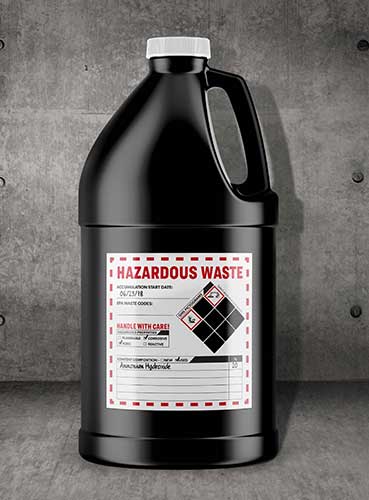



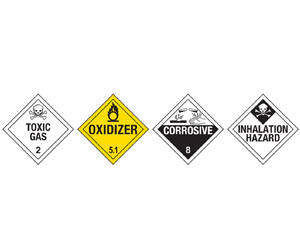



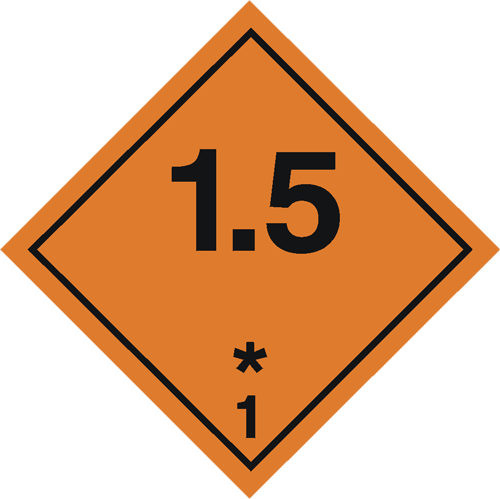
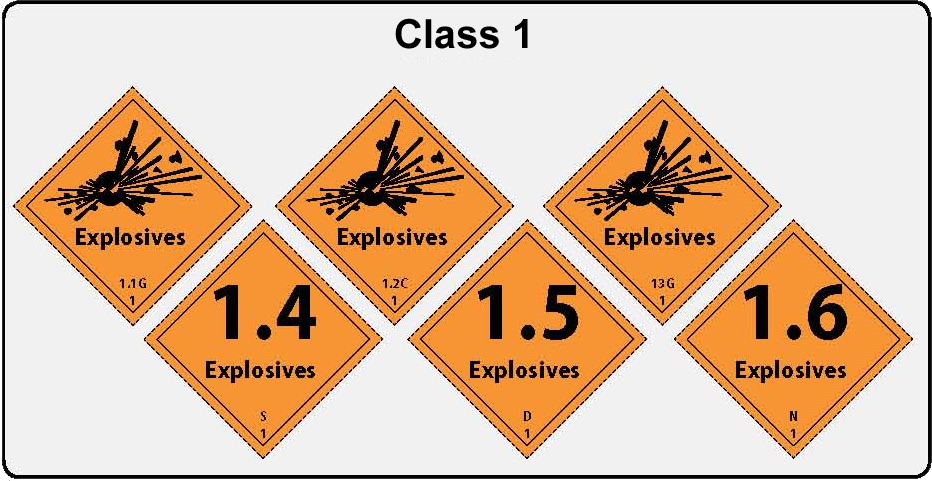
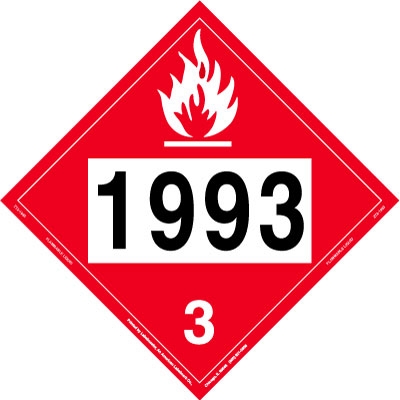


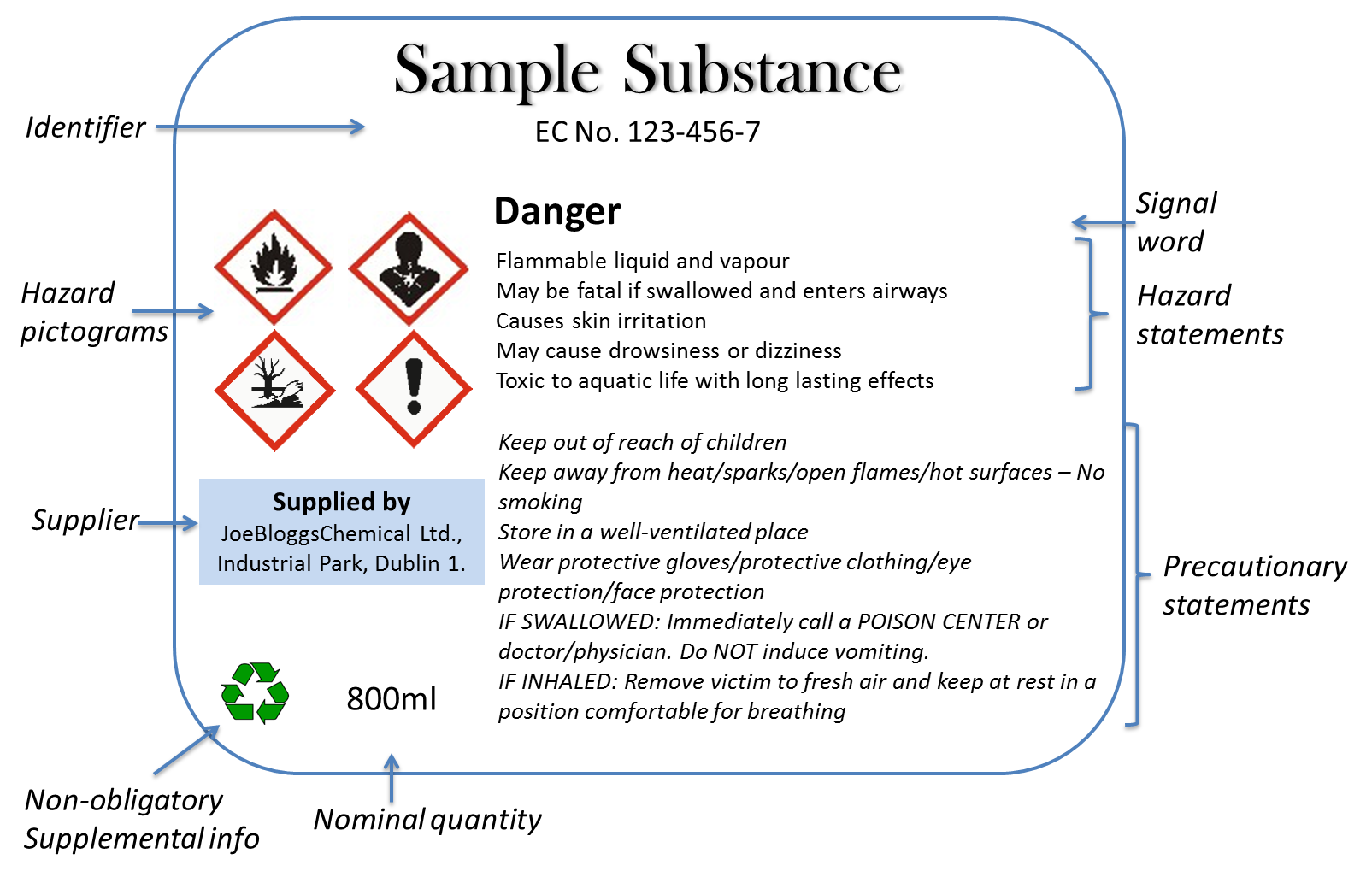


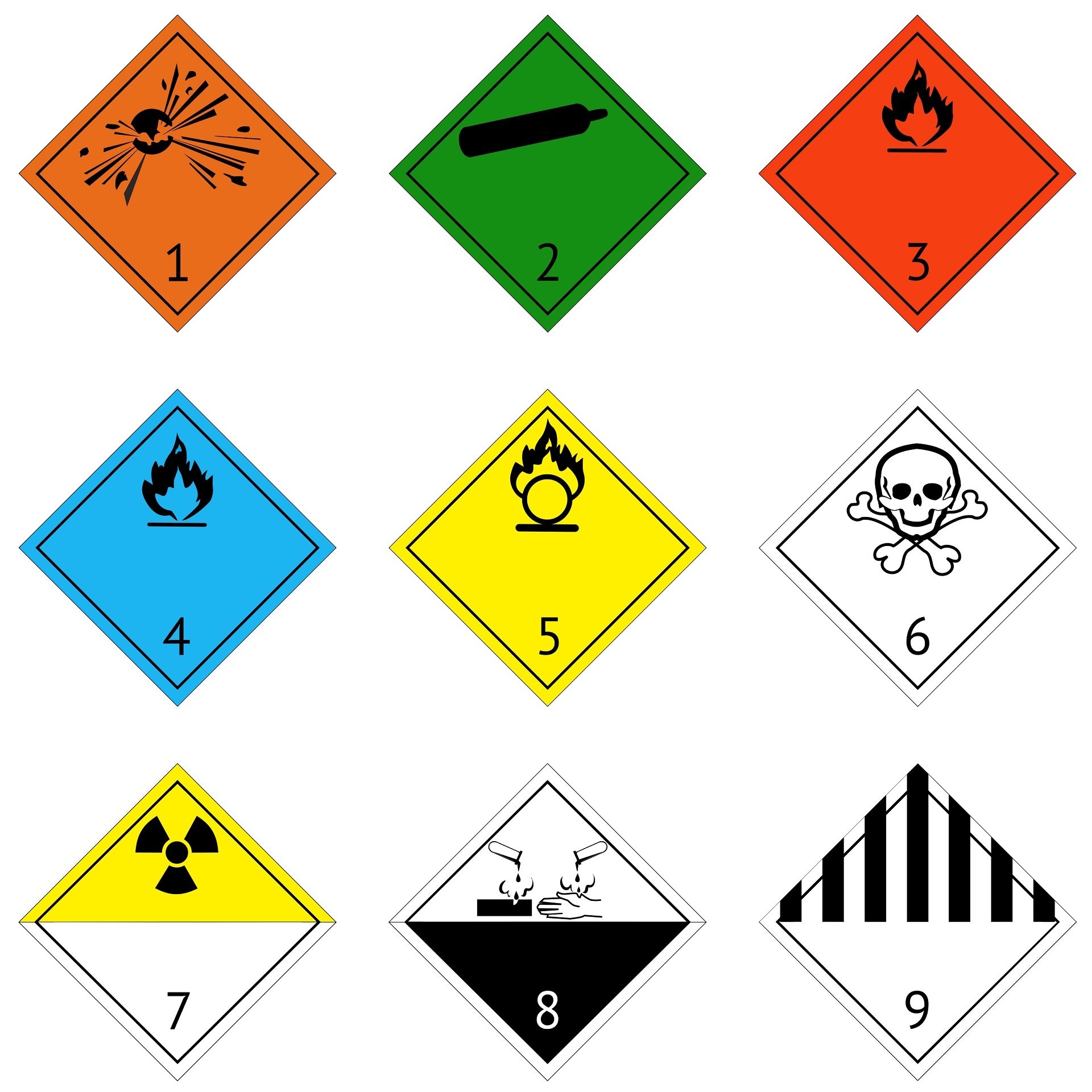




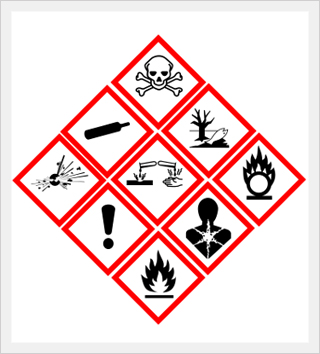
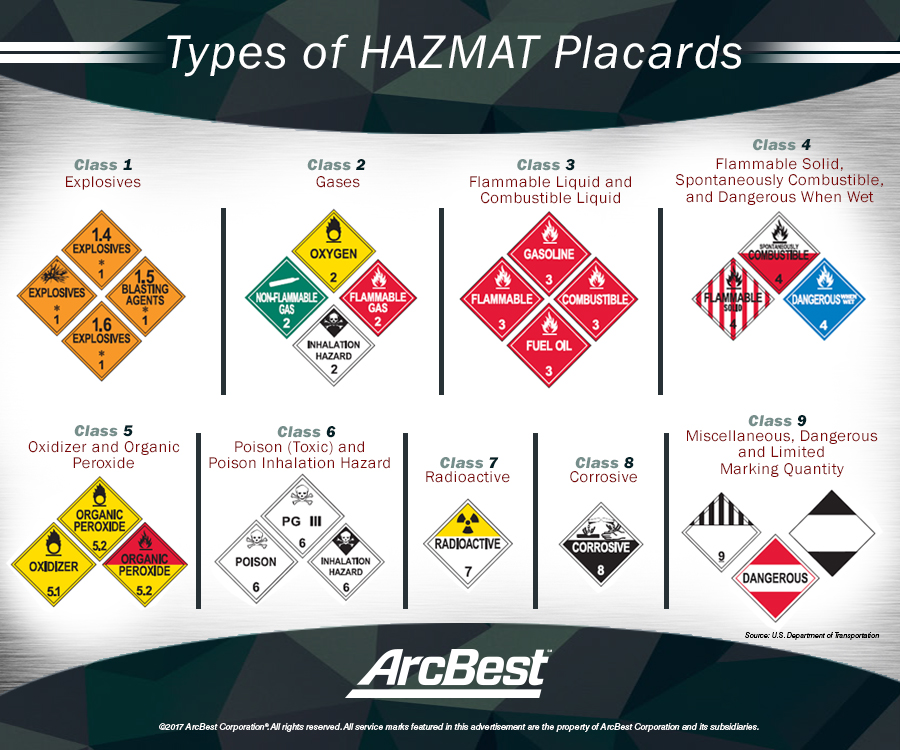

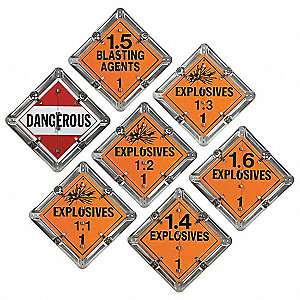

/Hazmat-Label-Basics-Part-II/LabelAnatomy_800.jpg.xml?width=800&height=616)

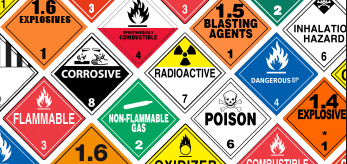
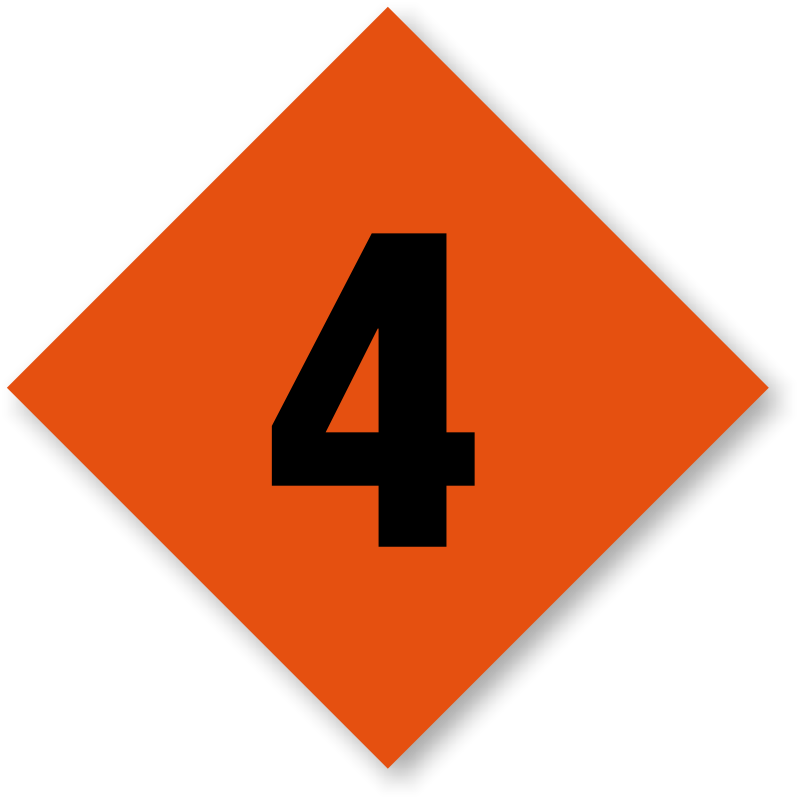
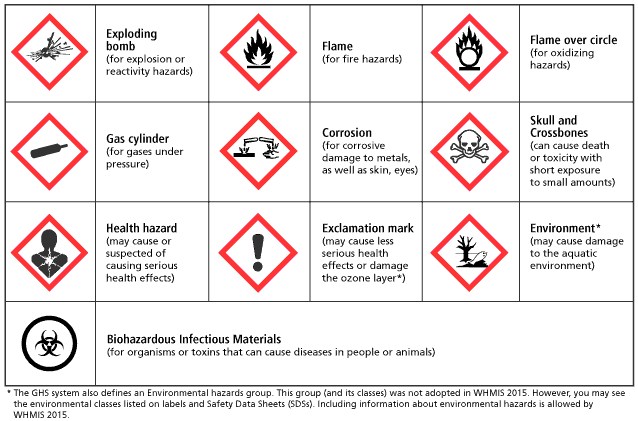
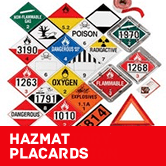
Post a Comment for "42 the class or division hazard labels indicate"